Contents [hide]
What is a Solder Mask?
How do you keep your PCBs in top shape? You need to avoid rust, which can occur by oxidation. It’s easy to do that with a solder mask.
We also know solder masks as solder-resist or solder-stop masks. It is a thin layer that covers the copper traces. You don’t need the soldering on a printed circuit board (PCB) on both sides. It makes it easier to ensure the PCB’s reliability and high performance. We use resin as a leading material for the solder mask. It works very well with insulation, humidity resistance, high temperature, and solder resistance.
PCBs are green in color, which is the color of solder mask green oil. However, with us, you can also get a solder mask in other colors. Choose from options like white, black, blue, yellow, red, and more. Adding in colors gives a little bit more personality. That is why more OEM manufacturers are choosing a color for themselves. It’s how they know it’s a board that is theirs.
Plus, OEM manufacturers also choose colors according to the niche. For instance, those in the artificial intelligence industry choose a red color these days. You use blackboards for projects that require more light reflection. It’s easy to spot the boards that way.
Based on your needs, we apply different colors. It is also possible that the same piece of the board contains a solder mask with varied colors.
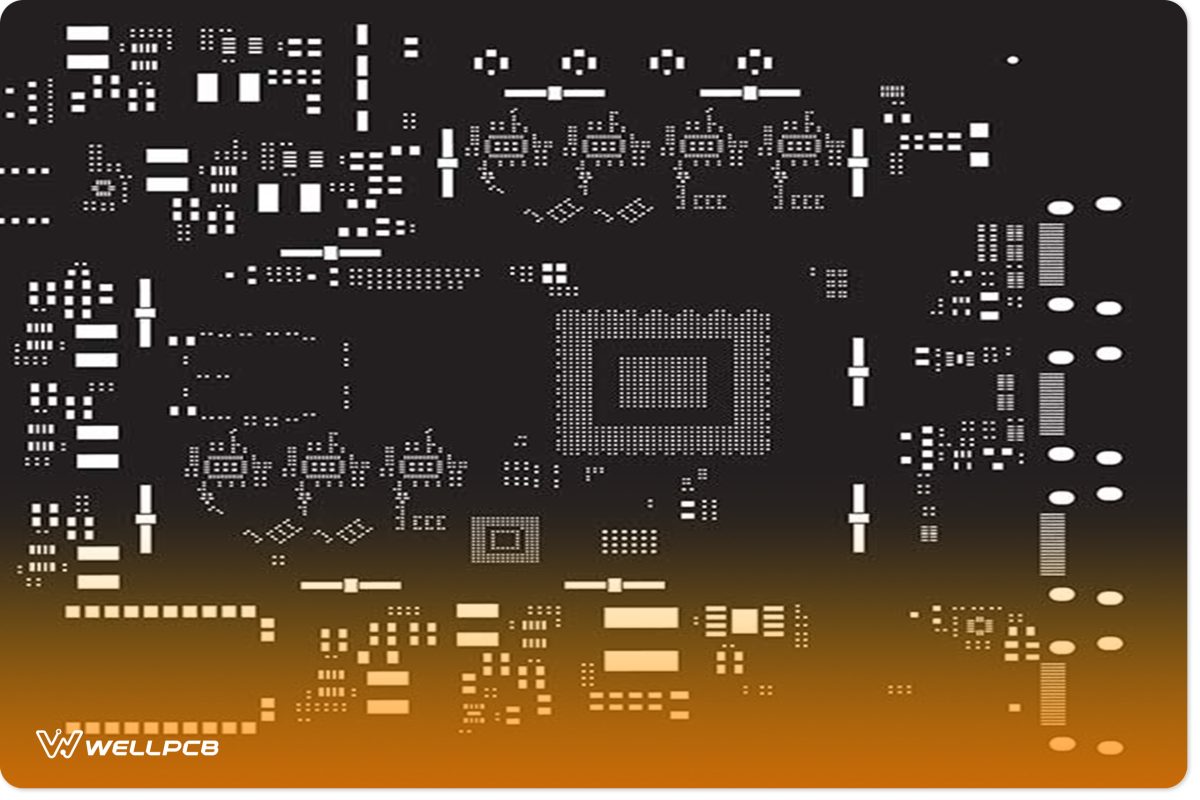
The Top Functions of the Solder Mask:
A solder mask is becoming popular by the day. People also look out for efficiency and volume.
The solder mask stops the soldering bridges from taking place in a covered area. The reflow soldering is an essential part of the SMT assembly. It makes the electronic components mount the circuit board through the solder paste.
Also, it stops solder bridges from forming. These can be created between the carefully packed solder pads quickly or else.
In case you do not apply the solder mask, copper traces will get attached to the solder paste. It’s what happens to many of the hand-assembled circuits. In turn, it can cause short courses. This can affect performance and reliability. The solder mask also protects the copper traces from corrosion, oxidation, and dirt.
It’s why most mass-produced PCBs have it. You cannot take the risk!
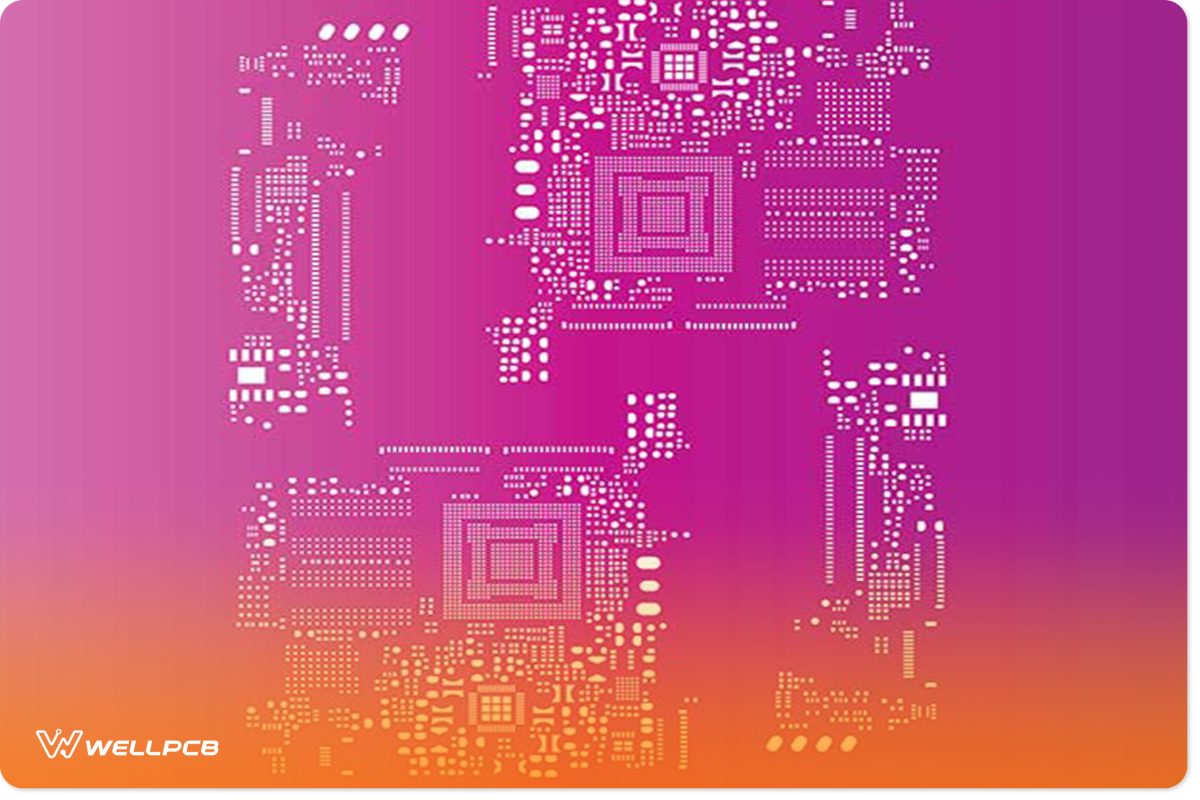
Four Main Types of Solder Mask
The solder mask prevents the conductive solder bridging between the various electronic components. Substantially, it stops short circuits. The different PCB solder masks are as below.
• Top and Bottom-side Masks: An electronics engineer knows the various openings. He knows what gets added through an ink, epoxy or film technique. He can then solder the component pins on the board with the help of identified places. You can also note the pattern of conductive traces on the top of the circuit board. You call these top traces. The lower ones are the bottom side masks.
• Epoxy Liquid: If you want to go for a cheap option, go for epoxy liquid. The thermosetting polymer has several applications. Silk screening is a printing technique. It uses a woven mesh for supporting ink-blocking patterns. The mesh can create an open area for the transfer of ink. Thermal curing is a part of the final finishing process.
• Liquid Ink Photo-Imageable: We provide the solder mask as ink formulation. You can spray the ink into the PCB. You can then expose the pattern and develop it. The thing to note is that we use the process along with liquid ink formulation. This needs clean surroundings free from contaminants and particles. One can remove the mask after exposing it to UV light. I do this through high-pressure water sprays known as developers.
• Dry Film Photo-Imageable: Apply this solder mask with the help of vacuum lamination. After the development, you can create openings and solder the parts to the copper pads. Also, apply tin for protection of the copper circuitry. We then remove the dry film.
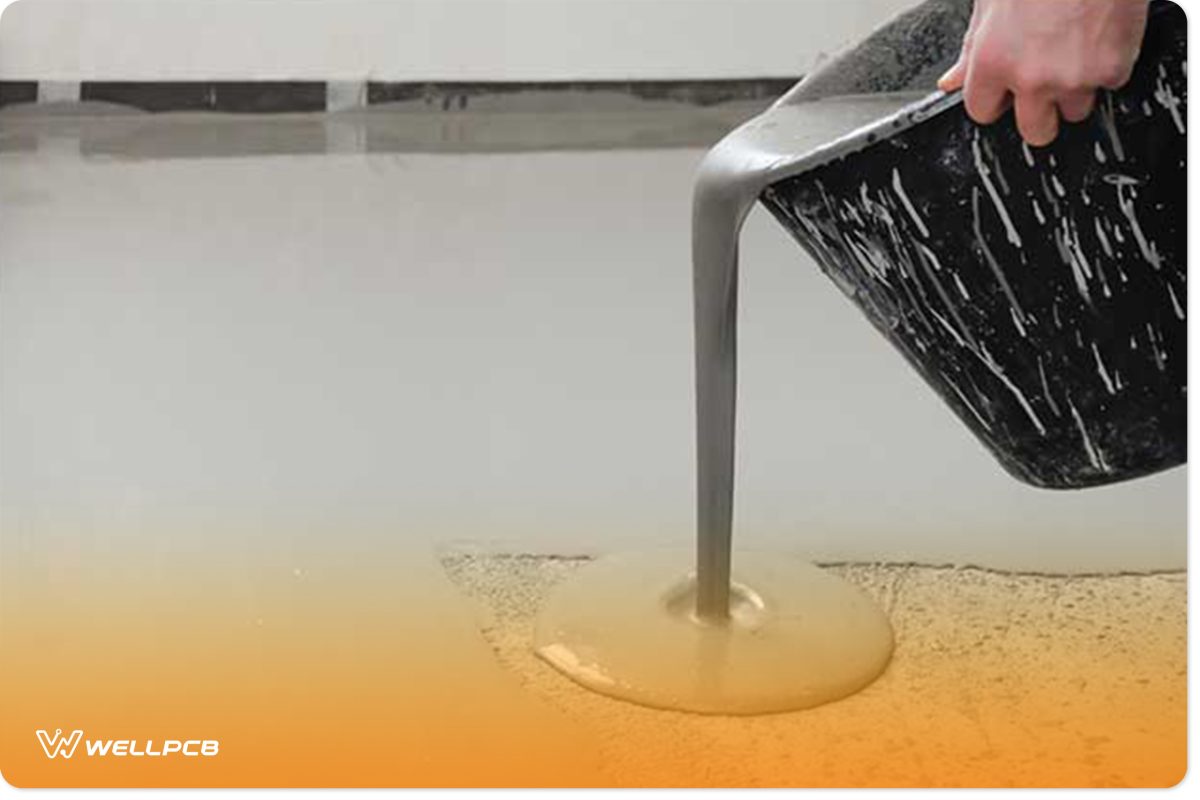
Solder Mask Manufacturing Process
Manufacturing of solder masks involves several stages. We need accuracy. Does it align with the manufacturing experience and technologies?
Step 1: Cleaning the Board: Clean the surface of the board. Remove the dirt while maintaining the dry surface.
Step 2: Ink Coating: The second step is to load the clean board in a vertical coater. We can see the coating thickness with the help of elements like reliability demand. The width can differ when the solder mask ink is present in various board sections.
Step 3: Pre-hardening: Pre-hardening differs from total hardening. Make the coating stable on the board. This way, the unwanted layer gets removed from the board at the development stage.
Step 4: Imaging and Hardening: Mount a transparent film on the board. Combine it with circuit images and then expose it to UV. The process is so developed to cover the solder mask with a transparent film section. The section film gets covered with a circuit, maintaining the pre-hardening. Ensure correct alignment while the hardening is being carried out. Or else it can stop the exposure of the copper foil. The vulnerability can affect the performance or generate short circuits.
Step 5: Developing: In the next level, you put the PCB in the developer for cleaning any unwanted solder mask. This ensures that the required copper foil gets exposed.
Step 6: Final Hardening and Cleaning: In the final step, you need to implement the final hardening. I do this to make the solder mask ink available as mounted on the PCB surface. You need to clean these boards before processing further. We do this in the form of assembly or for surface finish.
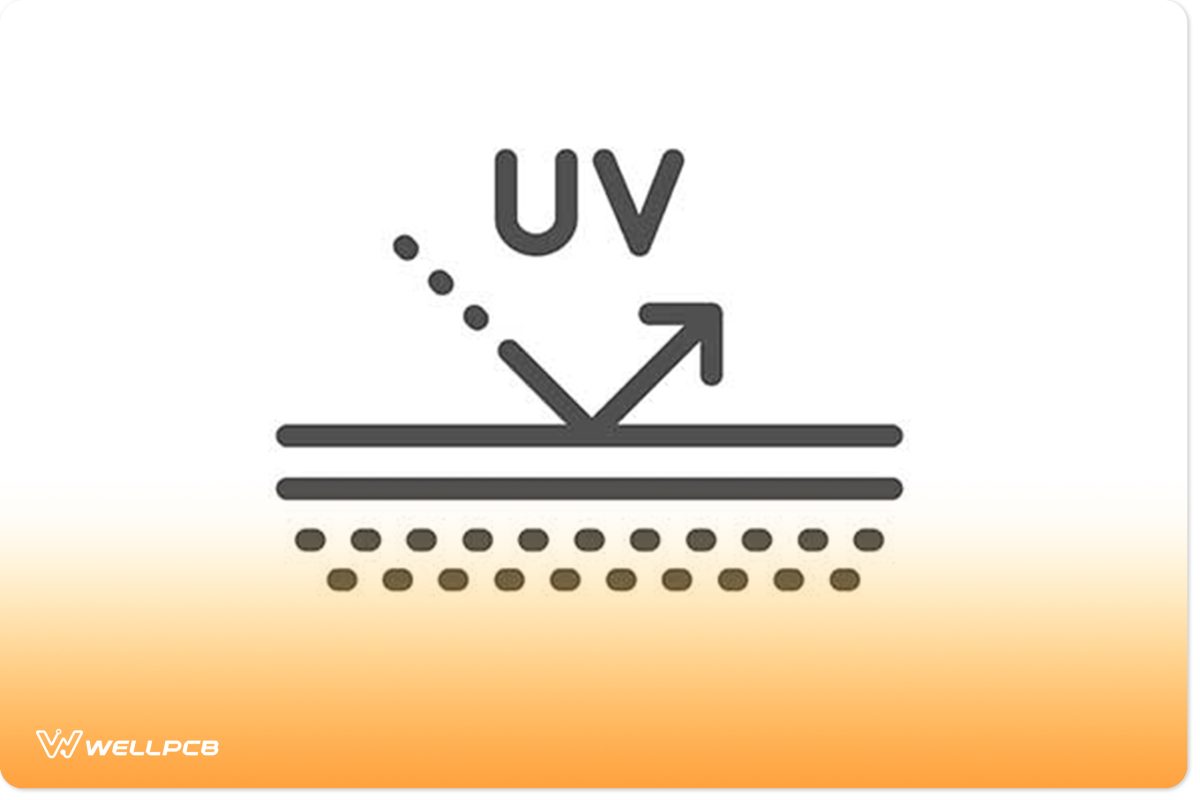
Solder Mask Design Tips
Understand that using a solder mask is optional. It doesn’t matter what PCB design you use. Before choosing the original plan, get in contact with a proper PCB manufacturer. You will be aware of the capability, the thickness, and the spacing in between.
A circuit board can fail because of issues due to different reasons. It could be like an insufficient or excessive opening. Or, there can be a mismatch between the opportunities and the copper pads. These issues can result from design file modification or carelessness. Hence, it is crucial to examine the design files.
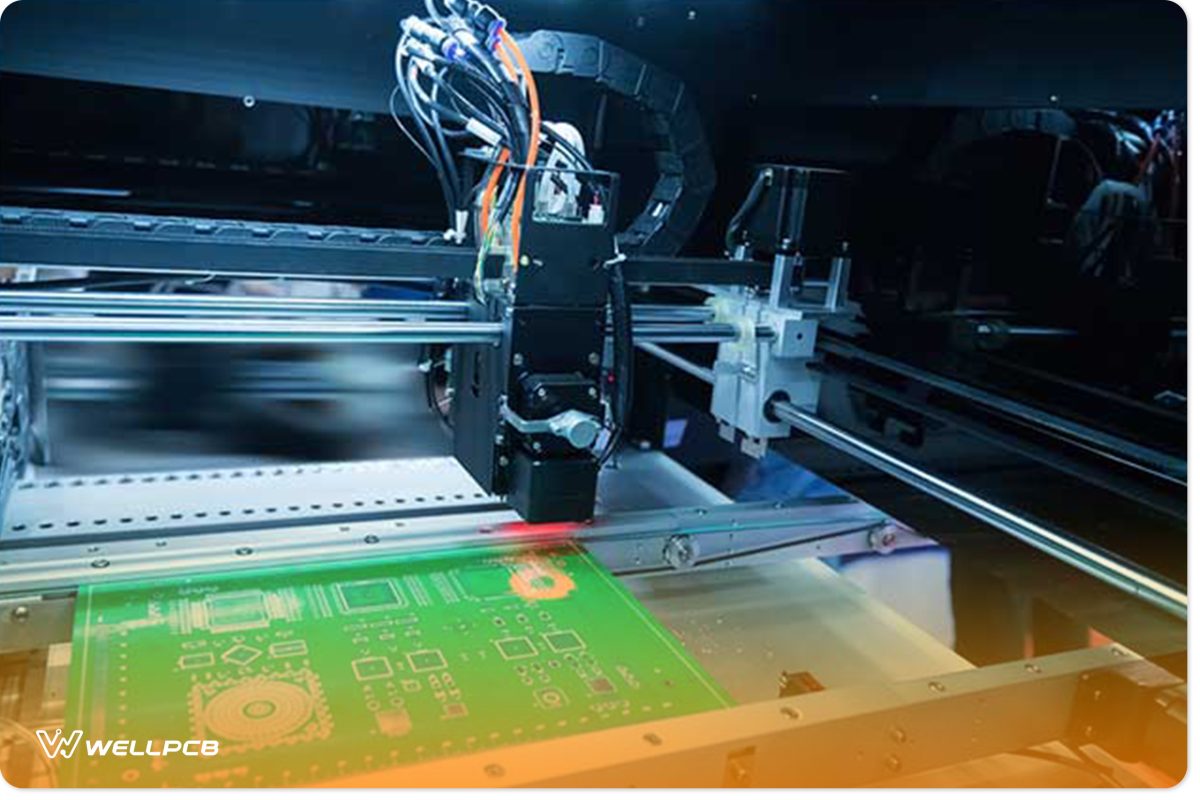
Choosing a Suitable PCB Maker
Looking for a PCB manufacturer to make a circuit board? Let us help take out the guesswork. PCB manufacturers have different fabrication and assembly processes. We are sure that you do not want to increase any unwanted costs or time by choosing the wrong manufacturer.
How are we the best PCB manufacturer you will find? Here are a few reasons you will love us.
• Understanding the PCB manufacturer: Do you need assemblers, fabricators or manufacturers? We focus on the assembly of components. The fabricators are more known for the fabrication of the PCB. Manufacturers take care of everything, right from buying the parts, collecting and manufacturing. They also take care of testing of the PCBs. You need to provide the requirements and design.
• Checking for quality: You need the best quality of PCB to ensure longevity. In case the PCB fails, the application will also fail. This can cause a loss of money and time. Hence, go for a manufacturer that has a proper procedure of quality control. You can ask them to give you a demo of the manufacturing and testing procedures.
• Experience of the manufacturer: You need someone who knows the nitty-gritty. You will have less chance of error on partnering with someone experienced.
• Check for manufacturer certification: Does the manufacturer have proper accreditation? We certainly do! Do not compromise on the quality, even if you are getting a PCB at a lesser cost. Go for a PCB manufacturer that is compliant with local and state laws.
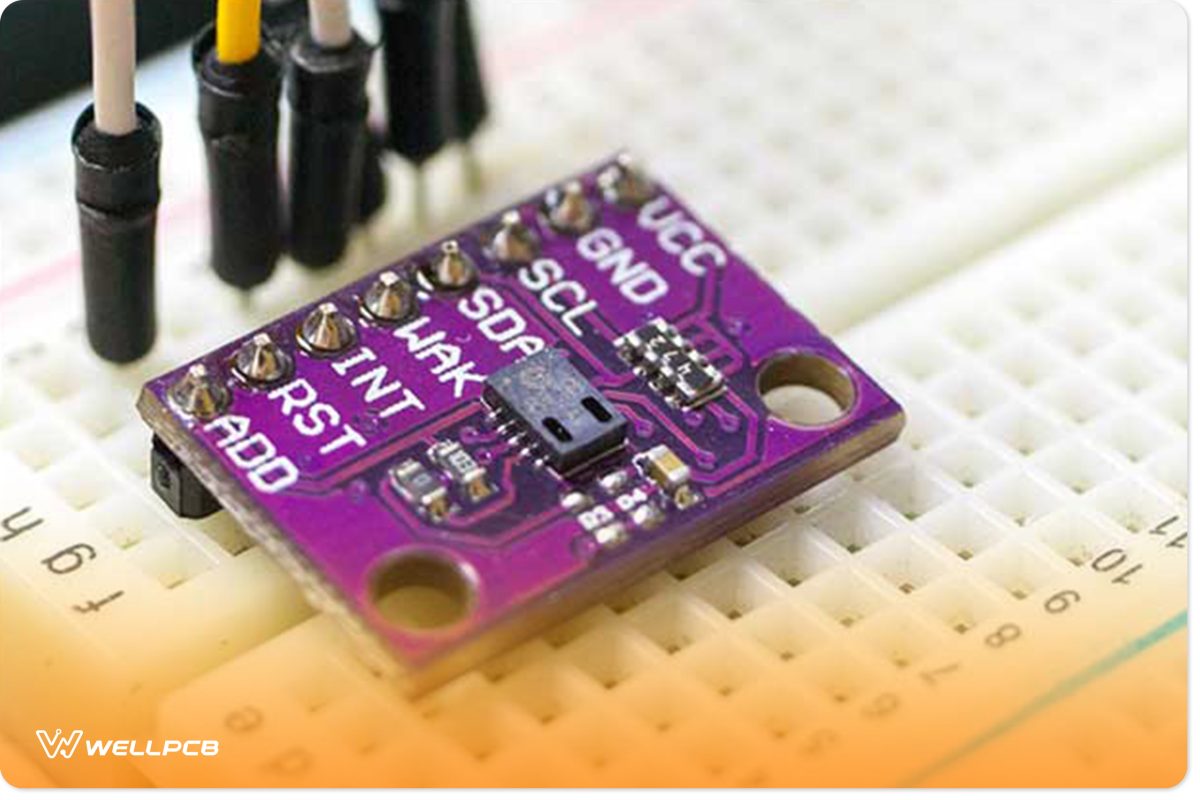
Summary
Did you understand how solder masks work? Choosing the perfect one for you has surely got easier! We ensure you have reached the solder mask you need. Talk to us about your specifications. Order in bulk to save on discounts. Check our comprehensive solder mask customization options. You are sure to love our vibrant color and design suggestions.
Keep your PCBs in top shape longer. With plenty of PCB customization options and solder masks, protect your investments. We would love to help you get more out of your money!





